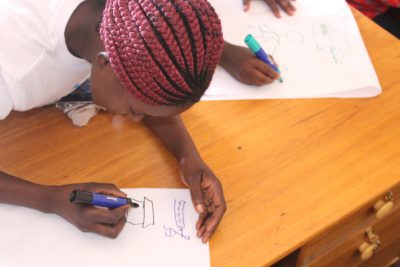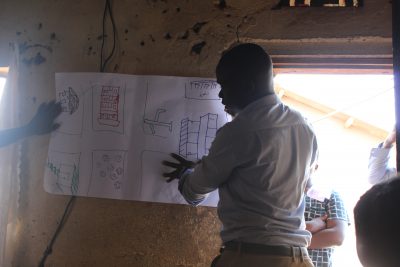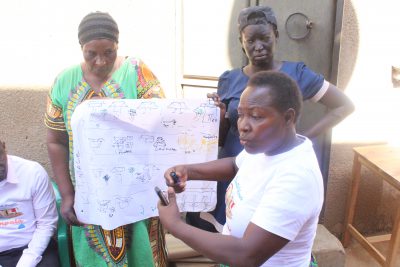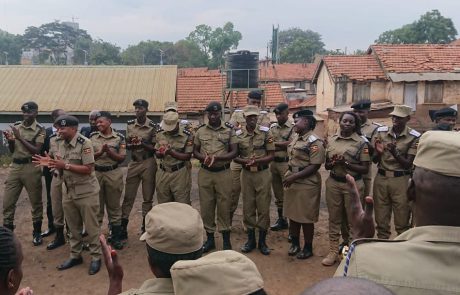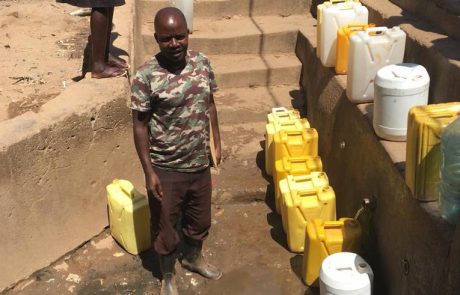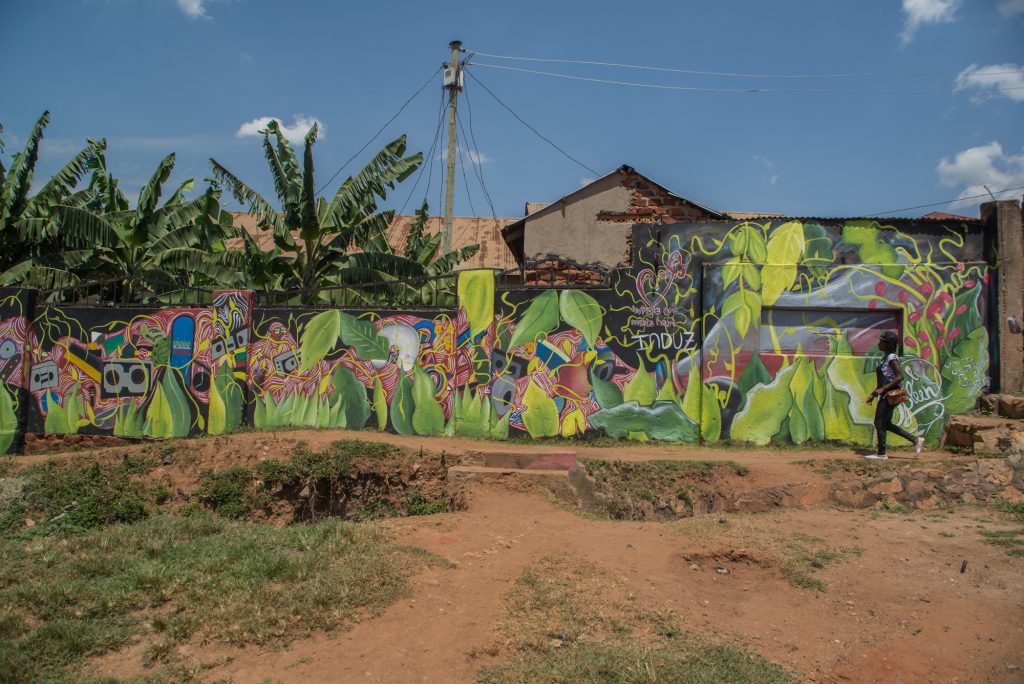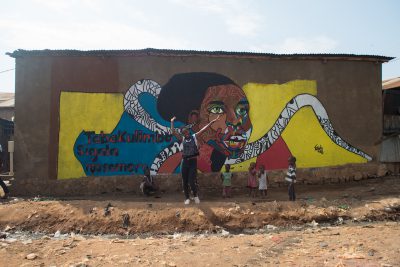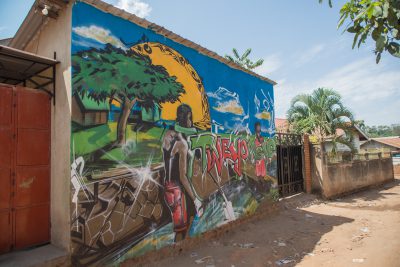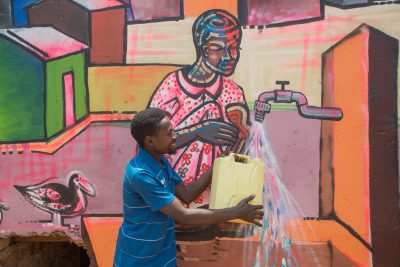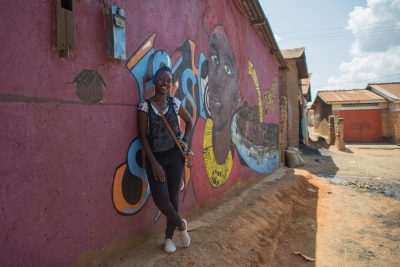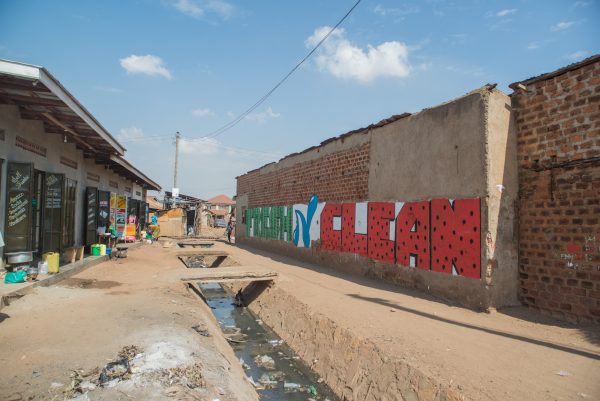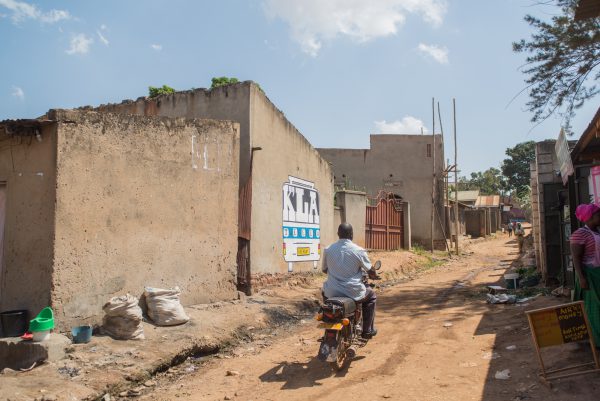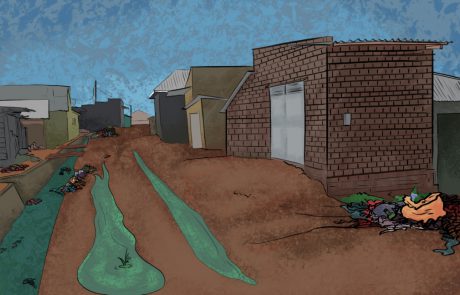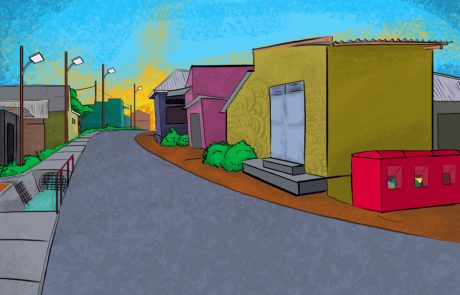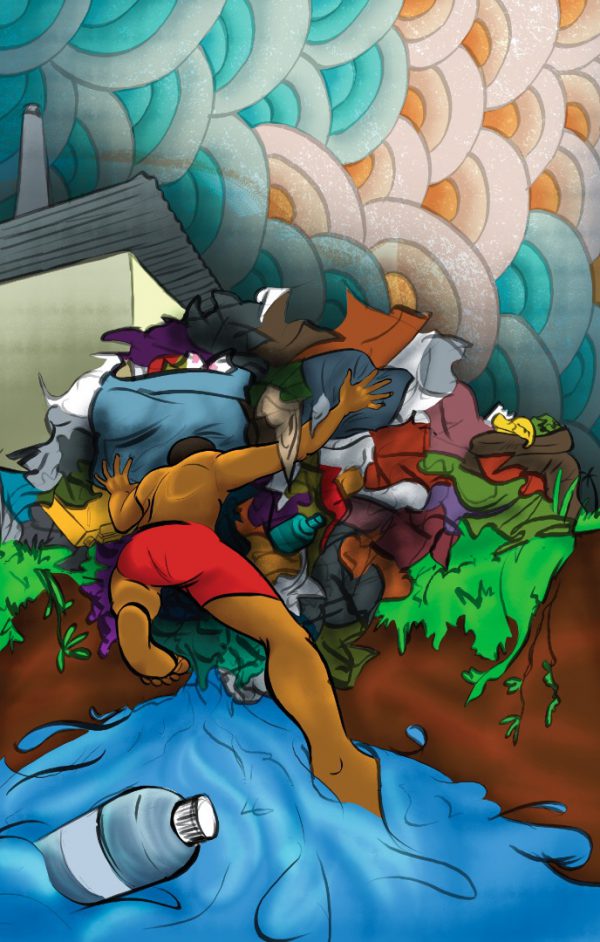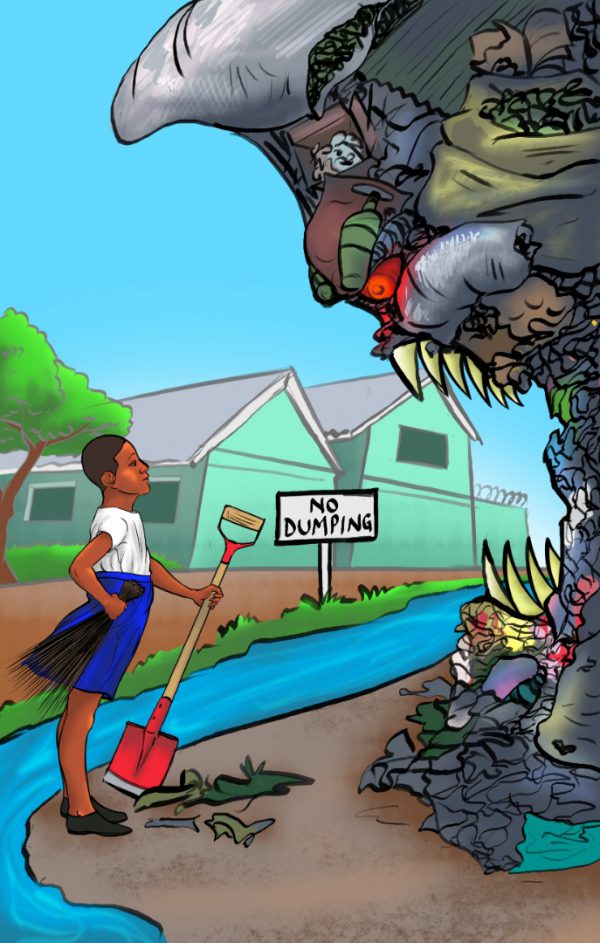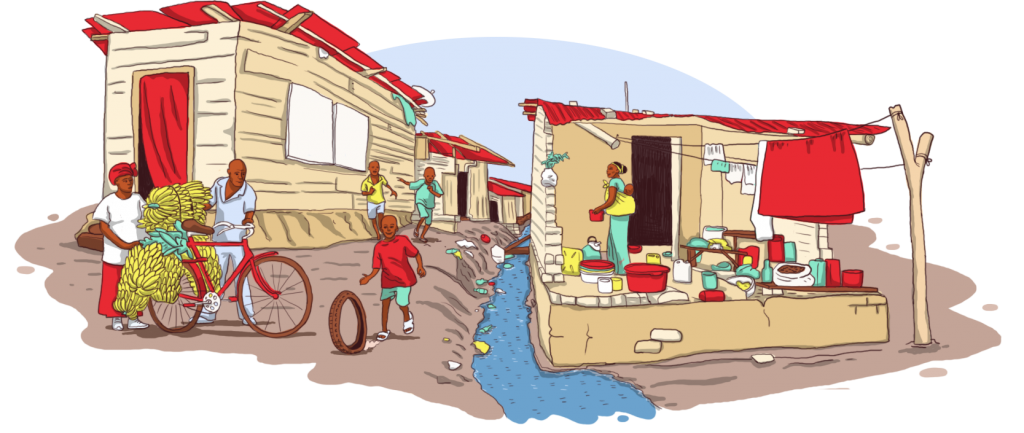
#CreateYourKLA is a civic project that uses data artistry to empower citizens to seek better public services in their communities.

Who did we talk to?
The #CreateYourKampala project took place across three divisions in Kampala. Kampala is made up of 5 divisions, and these 3 were chosen at random, with a 4th chosen to pilot and test the survey tool. We first spoke to members of local government and then held community meetings (focus group discussions) to understand the current contexts and attitudes towards service delivery in these three neighborhoods: Nkere in Makindye, Bwaise in Kawempe and Kintintale in Nakawa.
We then spoke to 1086 community members about their perceptions on service delivery, especially around sanitation, education, security and healthcare. We also talked about their behaviors towards engaging with local government through providing feedback and other forms of citizen engagement. Out of our 1086 respondents, 66% were female and 34% were male. A majority of respondents were between 25-44 years of age. About 33% of respondents were unemployed and 43% made less than UGX100,000 ($26) per month.
How do they feel?
There is a general dissatisfaction about all four services discussed. During the participatory workshops, when asked what would be the first change they would bring about if they become community leaders, all three communities said improving sanitation and drainage. From the total of 1086 respondents that were reached during the survey, we observe that over 75% of respondents expressed their dissatisfaction with the local
governments’ management of their responsibility in water and sanitation.
Respondents were asked questions around their dissatisfaction with public services and on the issue of sanitation, 40% wanted an improvement of infrastructure. For security and safety, 72% wanted an increase in the speed of services, for education services, 40% wanted an adjustment of the costs of services provided and lastly, for health services, 30% wanted an increase in the speed of services. A major issue noted was lack of medication in the nearby hospitals. Overall, the communities had strong opinions of the lack of services offered but a majority, 77%, felt that they had the power as citizens to improve their communities together with local governments.
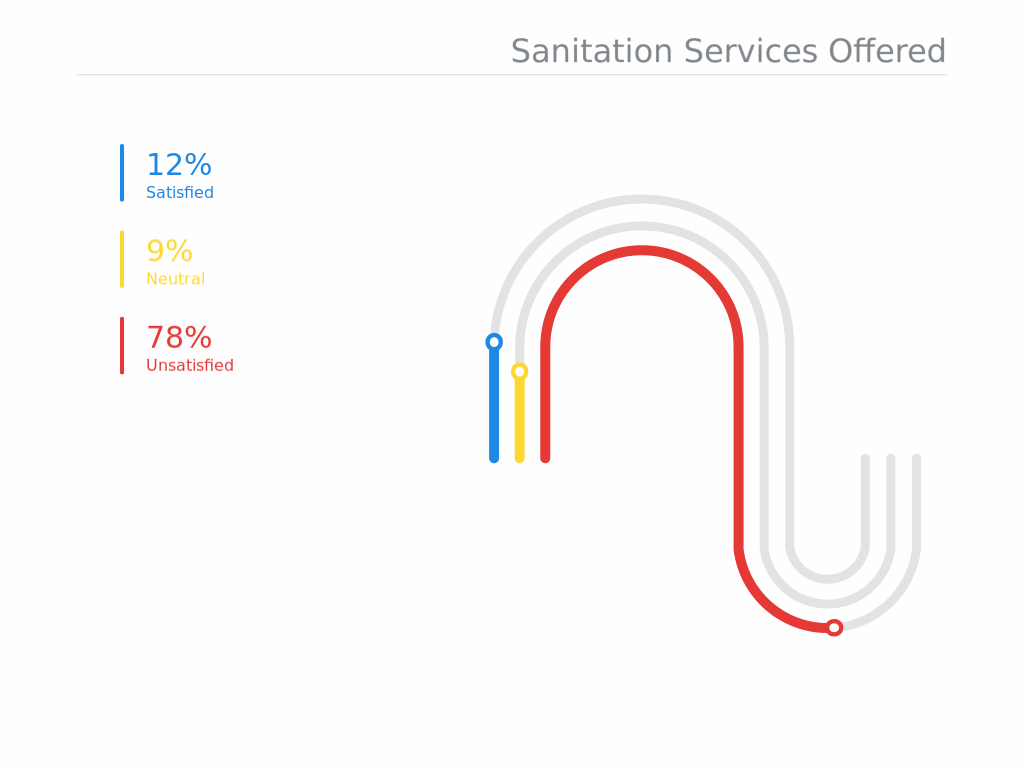
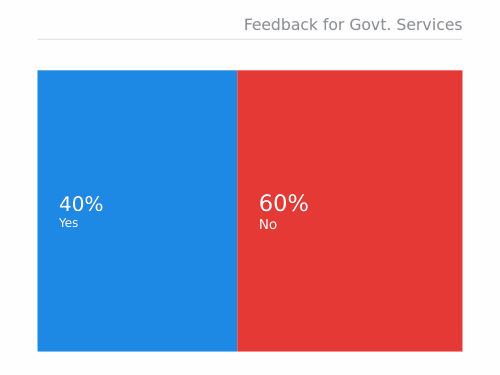
How do they respond?
Interestingly, about 60% of respondents said that they do give feedback to local government. Of the 40% who do not give feedback, 30% cited a lack of interest and another 30% put it down to apathy or non-responsive of local governments when they do give feedback. Around 12% said that they do not know who to give their feedback to and 12% also claimed to be fearful of any repercussions for providing negative feedback.
On a positive note, 86% of respondents felt that they did have a responsibility as a citizen to improve their community together with local government and 80% said that they had in fact played a role as a citizen in improving the quality of services offered in their community by your local government (most notably, by voting).
Participatory Design Workshops
The CreateYourKampala process had many steps for engagement with our target communities and local governments. We first met with and had conversations with local leaders in each of our target community. We then held focus group discussions in each community to explain the project and understand the context of our community members. Next, our enumerators, together with the guidance of community members, collected information from a larger sample size. We then met with the community members once again for a participatory workshop to collaborate on the themes for art pieces, together with the artists assigned for each area.
The participatory workshops focused on 1) identifying issues which were most important to the communities (in all three areas, this was sanitation and hygiene) 2) co-designing pieces of the permanent art installations together with the artists by pulling out key themes within these issues. We did so by organizing individual sketching sessions whereby each participant contributed a piece of art to multiple collaborations, and whereby all participants contribute art to one larger collaborative piece. The artists then worked together with these concepts, and the quantitative data to produce the final pieces.
Working with Government
Throughout the CreateYourKampala project, we focused on nourishing our relationship with the local government and only working based on their guidance and direction. Many local leaders were forward-thinking and enthusiastic about using new means to engage with their communities and draw attention to pertinent issues. How can we use this data to increase local government budgets? How can we tap into existing services for improved sanitation services, such as KCCA garbage trucks? How can local leaders utilize social media more effectively? There was a genuine interest in building up these skills, utilizing these resources and developing local communities through active participation.
In collaboration with SEMA, we further collaborated with the Ugandan Police to further advance the goals of our project. SEMA listens to citizens as users of our public institutions, and translates their needs into recommendations for improved service delivery through feedback mechanisms. Based on these results, the Kira Road Police station received the highest rating of public feedback and agreed to a reward of permanent artworks against their building by the CreateYourKampala collective.
Explore the Data
Use the filters at the bottom right to explore the data we collected. You can group the data by different variables. Use the “shade by” filter to colour the data according to groups and “compare by” to make comparisons within and across the different. For starters, you could group the data by “Division”, colour it by “Gender” and Compare by “Average Monthly Income”.
What’s Next?
Analog to Digital: The reality of life for many people in Kampala is reflected through the data + art from the CreateYourKampala project. Over the course of the few months we spent on this project, we interacted with many engaged civil servants who are looking to improve their communities with little funding and resources.
We want to continue to grow this project and reflect on what it means for communities and local governments to work proactively to improve their lived experiences through explorations into freedom of expression through art, data and technology. We want to pose these questions to both physical and online communities to further understand what room there is for engagement, experimentation and collaboration. Join us and follow along #CreateYourKampala



